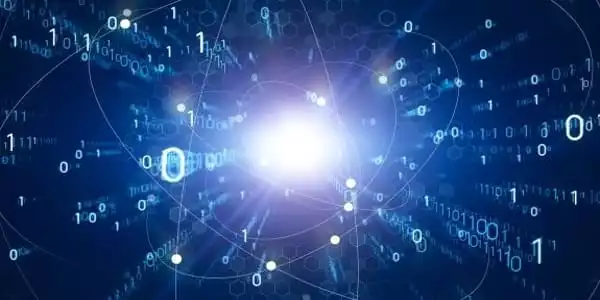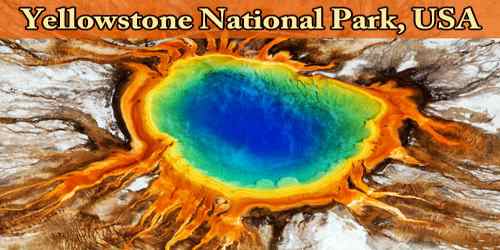Nuclear radiation is defined as the particles and photons emitted during reactions involving an atom’s nucleus. Nuclear radiation is also referred to as ionizing or ionizing radiation. Nuclear reactions produce energetic particles capable of removing electrons from atoms and molecules and ionizing them.
Nuclear radiation is comprised of gamma rays, x-rays, and the more energetic portion of the electromagnetic spectrum. Nuclear reactions produce ionizing subatomic particles such as alpha particles, beta particles, neutrons, muons, mesons, positrons, and cosmic rays.
Lancaster University researchers have succeeded in using nuclear radiation as a medium for wireless data transmission. The researchers modulated the neutron field emitted by a piece of Californium-252, a radioactive isotope commonly found in nuclear reactors, as part of the project. This enabled them to send simple data such as a single word, the alphabet, and randomly selected numbers, which were then received and decoded by a laptop sitting a long-distance away.
We demonstrate the potential of fast neutron radiation as a medium for wireless communications for applications where conventional electromagnetic transmission is either not feasible or is inherently limited.
Professor Malcolm Joyce of Lancaster University
Engineers have successfully transmitted digitally encoded data wirelessly using nuclear radiation rather than traditional technology. The scientists observed the spontaneous emission of fast neutrons from californium-252, a radioactive isotope produced in nuclear reactors.
Several examples of information, such as a word, the alphabet, and a random number chosen at random, were serially encoded into the neutron field modulation and the output decoded on a laptop, which recovered the encoded information on the screen. Fast neutrons have an advantage over conventional electromagnetic waves, which are weakened significantly by transmission through materials such as metals. Engineers have successfully transmitted digitally encoded data wirelessly using nuclear radiation rather than traditional technology.
Radio waves and mobile phone signals rely on electromagnetic radiation for communication, but in a recent development, engineers from Lancaster University in the United Kingdom collaborated with the Josef Stefan Institute in Slovenia to transfer digitally encoded information using “fast neutrons.”

The scientists observed the spontaneous emission of fast neutrons from californium-252, a radioactive isotope produced in nuclear reactors. Modulated emissions were measured and recorded on a laptop using a detector. Several examples of information, such as a word, the alphabet, and a random number chosen at random, were serially encoded into the neutron field modulation and the output decoded on a laptop, which recovered the encoded information on the screen.
A double-blind test was carried out in which a number generated by a random number generator was encoded without the knowledge of those uploading it, then transmitted and decoded. All transmission tests conducted were completely successful.
“We demonstrate the potential of fast neutron radiation as a medium for wireless communications for applications where conventional electromagnetic transmission is either not feasible or is inherently limited,” said Professor Malcolm Joyce of Lancaster University. Fast neutrons, he claims, have an advantage over traditional electromagnetic waves, which are significantly weakened by transmission through materials such as metals.
Joyce added that fast neutrons can provide reliable data transmissions in “safety-critical scenarios” where structures and pathways for Internet cabling are difficult to create, such as submarine bulkheads, vaults, and reactor contaminants. In such cases, the neutrons would still be able to transmit information and “eliminate the need for such penetrations,” he said.
“In some safety-critical scenarios, such as those involving the integrity of reactor containments and metal vaults and bulkheads in maritime structures, it is critical to limit the number of communications cabling penetrations made through such metal structures. The use of neutrons for information transmission through such structures may eliminate the need for such penetrations and may also be relevant in scenarios where limited transmissions are desirable in difficult circumstances, such as emergency rescue operations.”
To achieve signal mixing between electrons and neutrons, fast neutrons could be incorporated into a mixed-signal, electronic system. This could add to the need to ensure the integrity of information transfer.
The project was clearly a proof of concept, with only a small amount of bandwidth available. However, because fast-moving neutrons pass right through hard surfaces like walls, the concept at its heart could potentially power future wireless devices that don’t have their signal impacted by them.
Even in the future, Lancaster researchers see this technology primarily being used in safety-critical environments at nuclear power plants. Because of the radiation risk, it is unlikely to be useful as a nuclear alternative to WiFi.
















